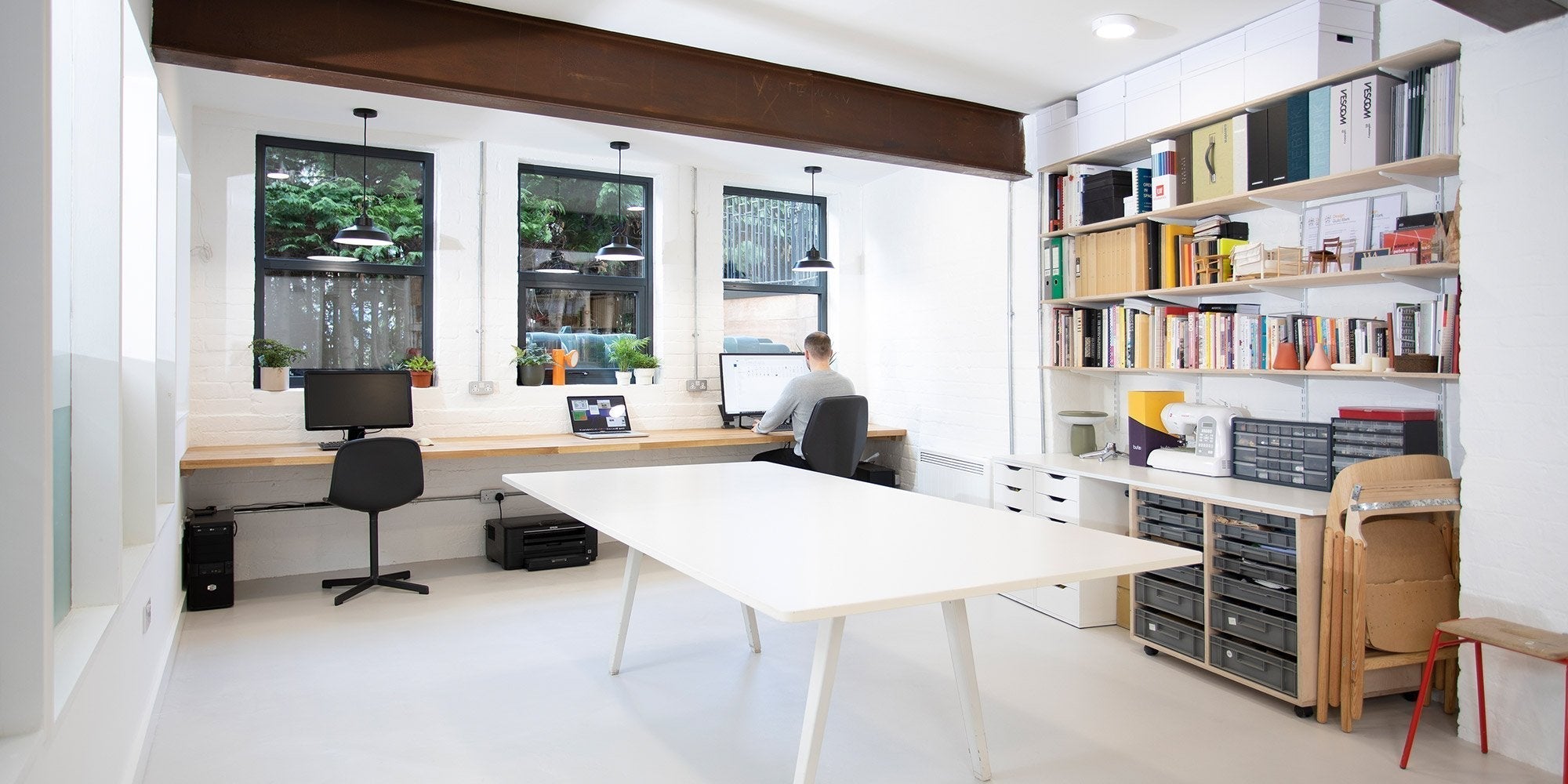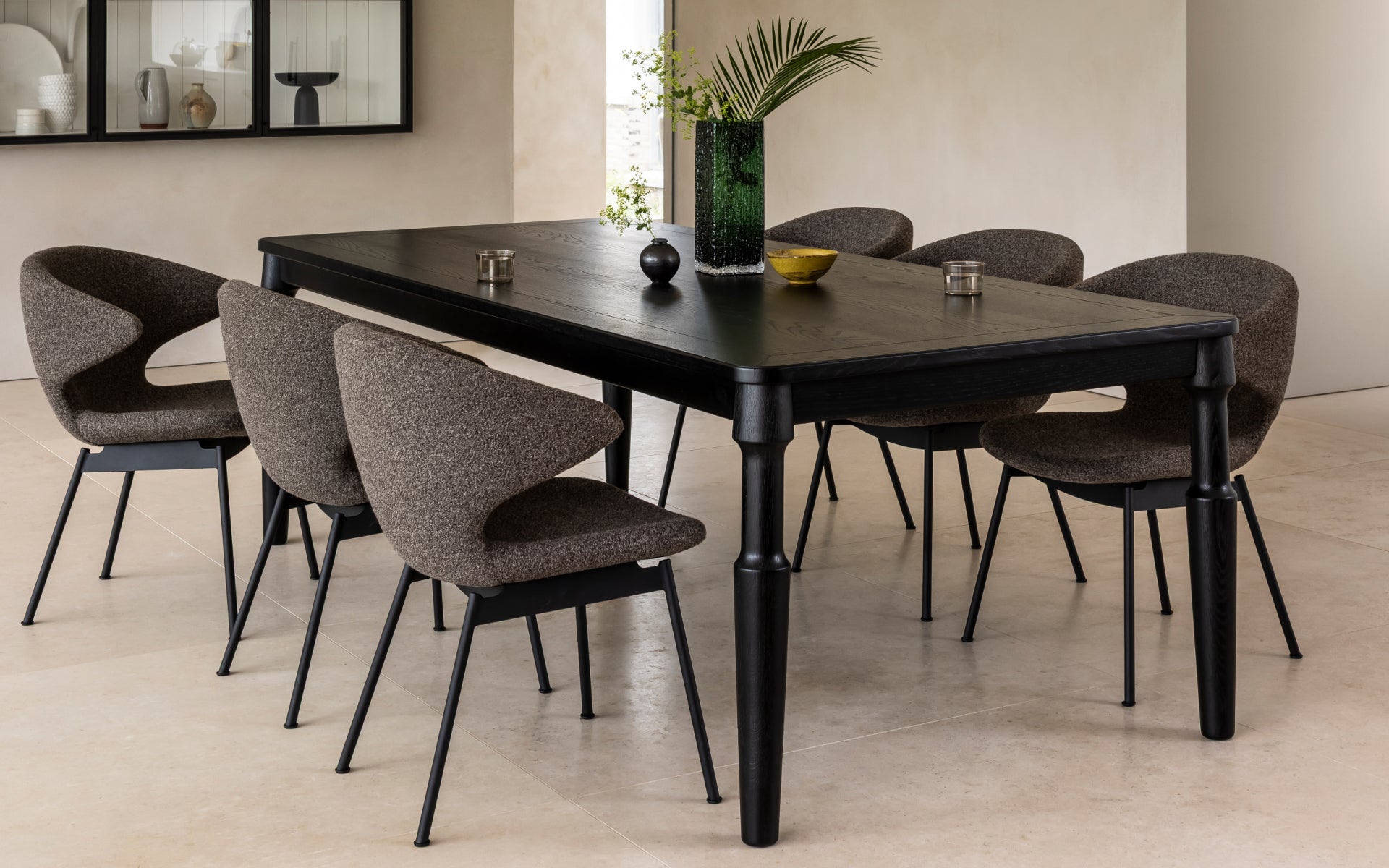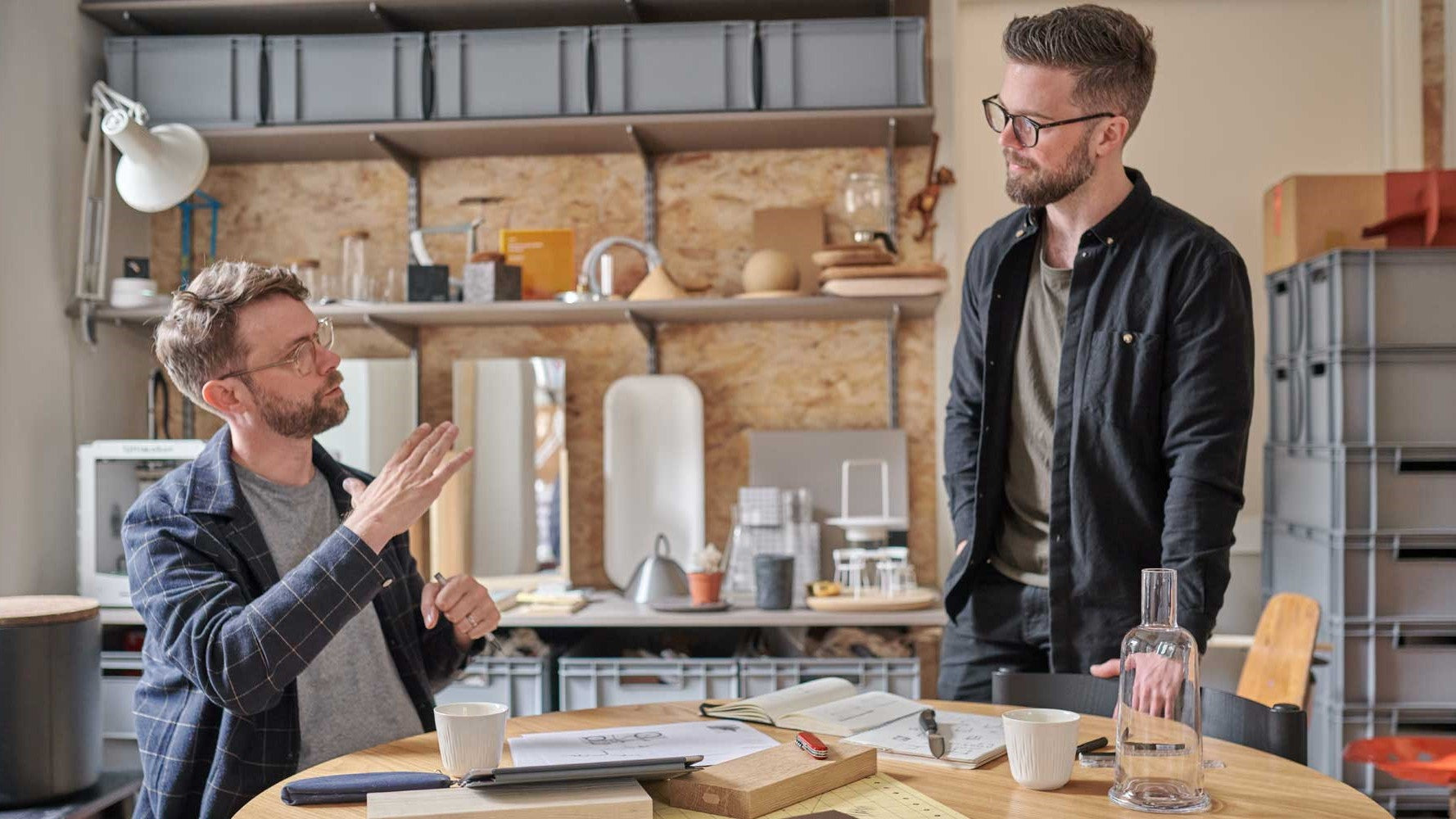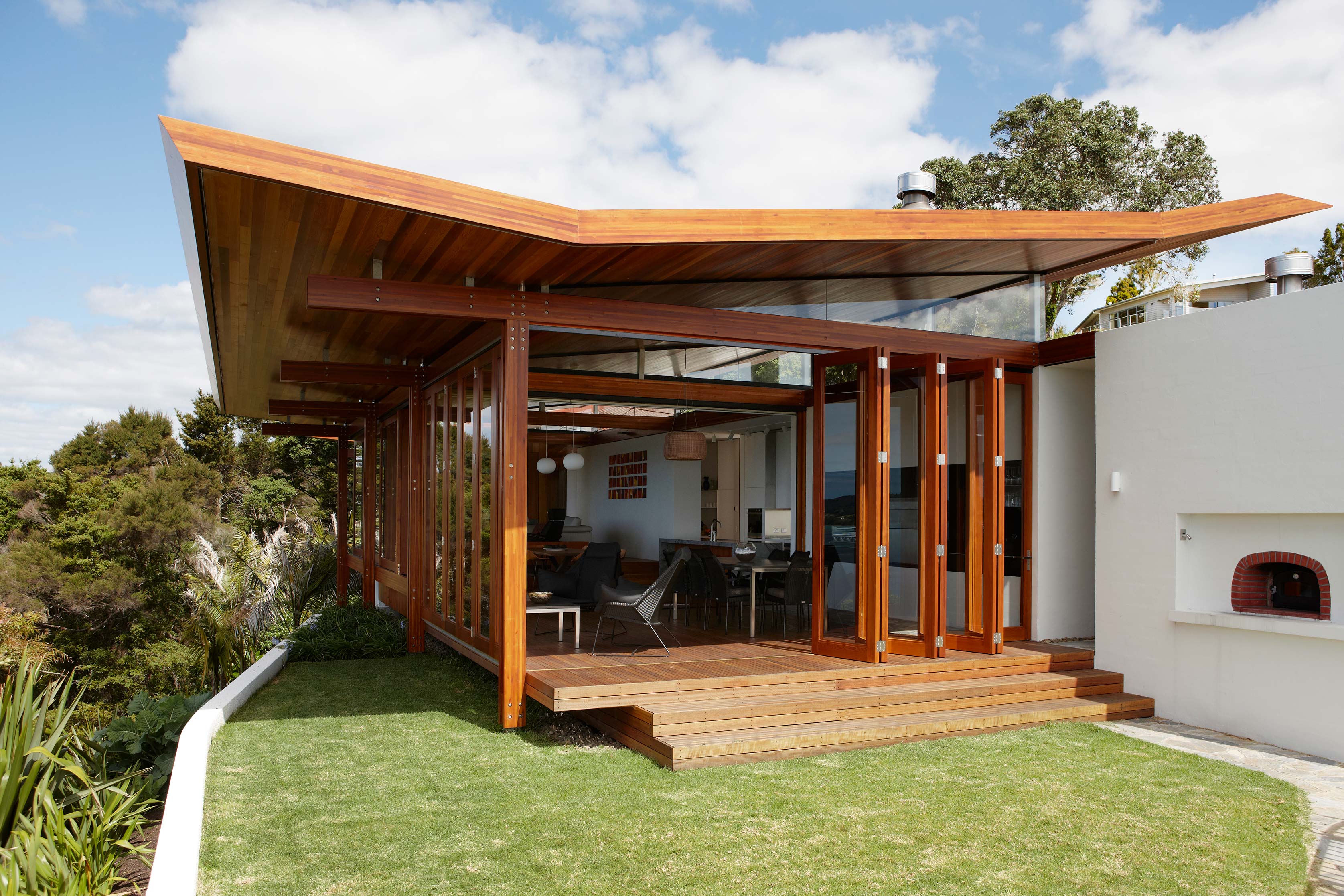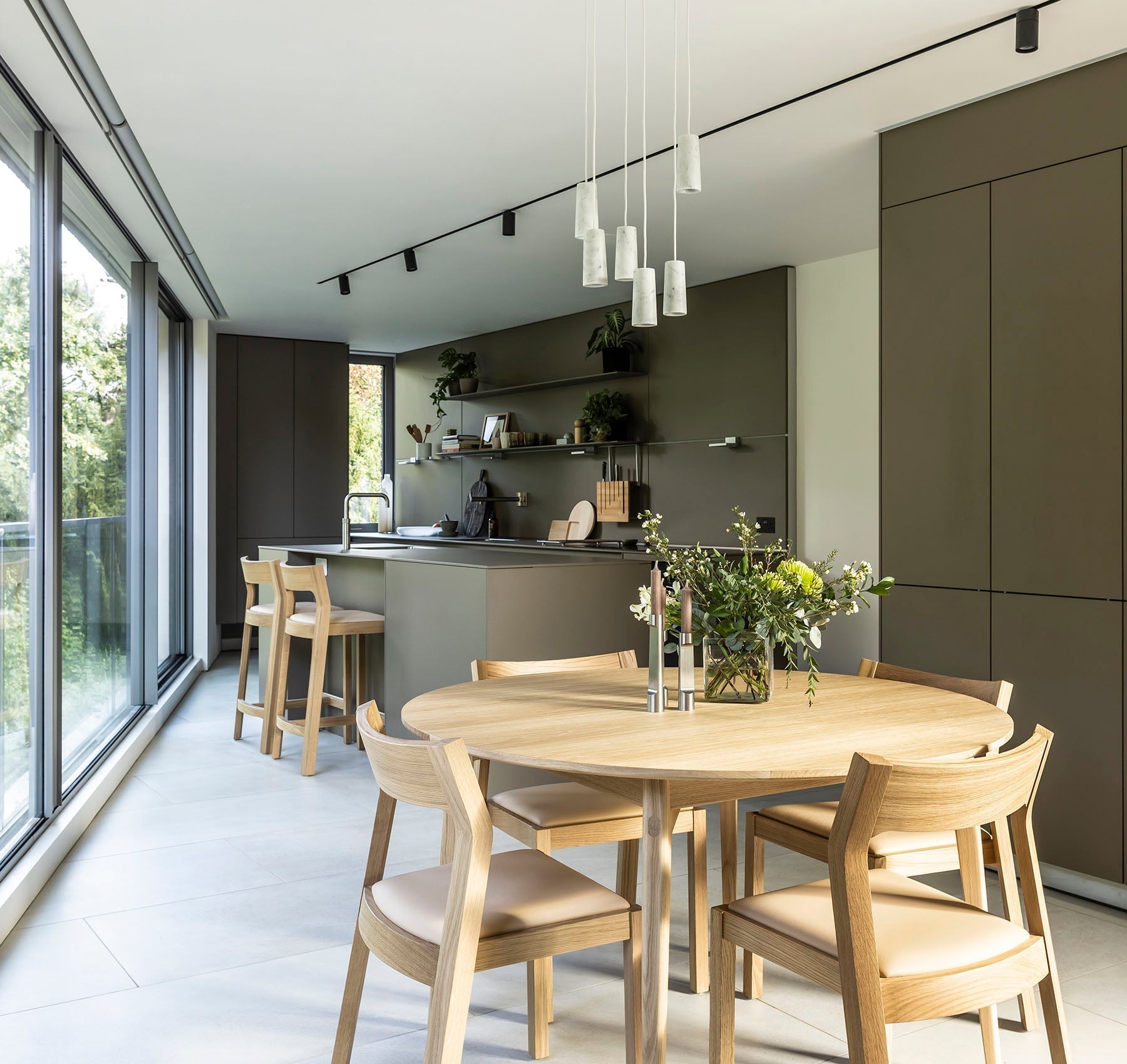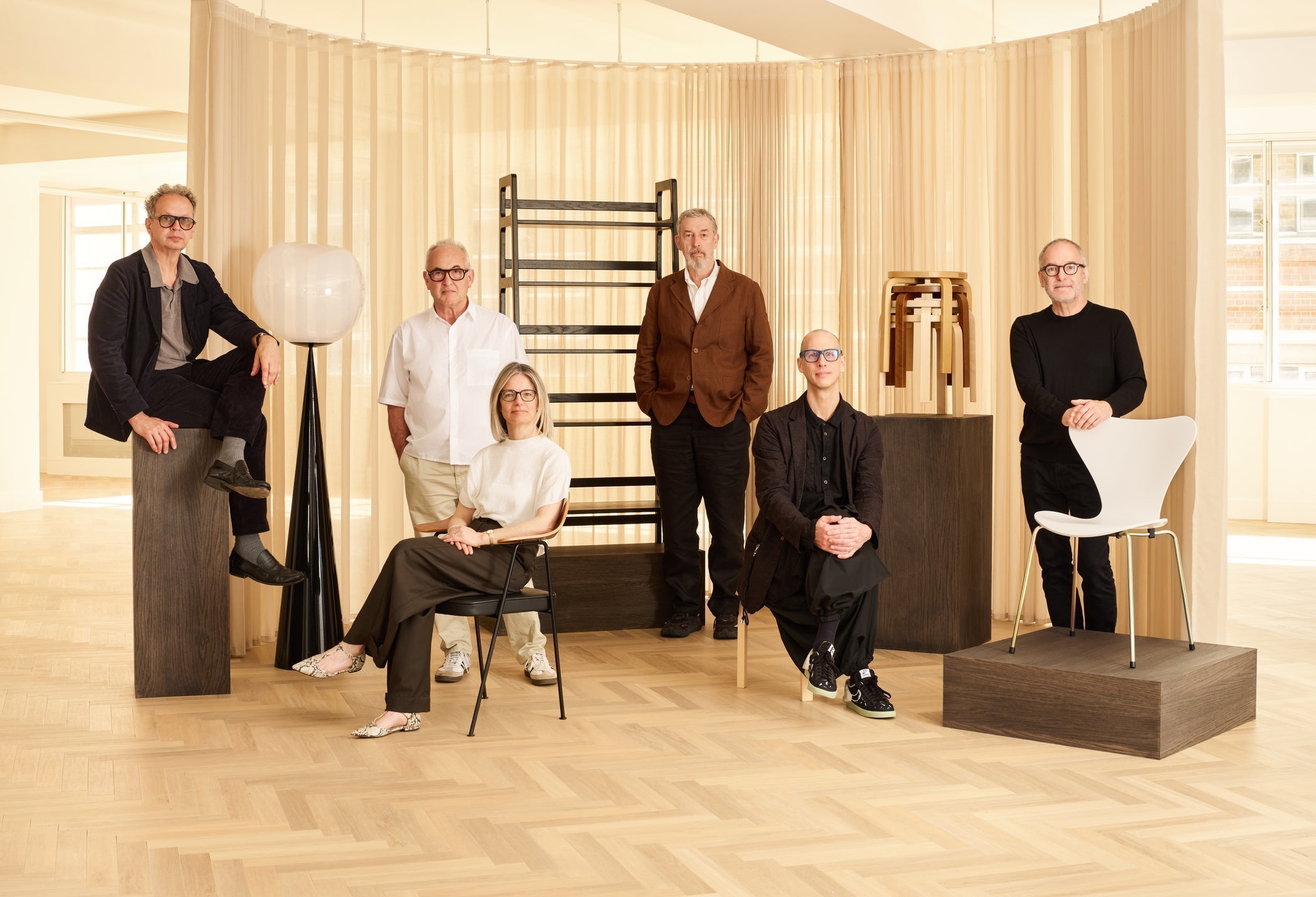What inspired you to become a designer?
I’ve always had a curiosity for how things are made and I enjoy creating things myself. I suppose the satisfaction I get from seeing an idea make the jump off paper and into reality is the reason I became a designer.
Do you come from a creative family?
I do, although my parents didn't have traditionally creative jobs, at home they were always very hands on, fixing and making things themselves. My dad had a little wood workshop where he turns wood and he also has a couple of classic cars which he’s always working on. My brother is also a designer, in the marine industry.

What is the common element found in your work?
Hopefully a feeling of refinement, I aim to strip out anything unnecessary from the design whilst trying to retain an element of character and personality, which hopefully possesses authorship – a sense of my handwriting.
Tell us a bit about your design process. What do you get inspired by?
I find inspiration in the world around us, the spaces we occupy, the objects we engage with and the modes of interaction we employ through daily life. These observations influence my approach to design, often resulting in solutions led by utility. I try to gain an understanding of the manufacturing processes involved as much as possible, to find out first-hand how a given material can be manipulated to greater effect, and if possible to bring a new approach to this. Understanding why something is made the way it is, and appreciating the consideration of its formation has a significant bearing on the way I work.

What materials do you favour?
I’ve always had an affinity with wood, I grew up with it, playing in the woods at the back of the house, and later in my dad’s little workshop, where he practised wood turning. The more you work with it, the more you gain an understanding of whats possible and how to respect the nature of the material. As well as wood, I’m always keen to explore new materials, in order to achieve simpler, more durable constructions which ultimately are better for the environment.
What is your favourite piece that you have designed for Case Furniture and why?
The Narin Folding Chair is my favourite piece designed for Case. It’s been a tricky chair to get right but working with Case has allowed us to produce a chair that's practical and beautiful in equal measure.

Is there something you’ve always wanted to design, but haven’t had an opportunity to do?
I’ve always wanted to design and build my own home but for the moment I’ve had to settle with putting up a few shelves in my current house.
Do you have a favourite designer?
It’s difficult to pick just one, I have always admired Hans Wegner and Jean Prouve, two designers with a deep knowledge and understanding of the materials they used. Prouve once said “never design anything that cannot be made,” this is a philosophy which I try to adhere to within my work. A more contemporary influence would be Jasper Morrison, I have always respected his approach to design, creating honest, almost humble objects.

What is your favourite chair?
I have many favourites, but the one I often come back to is ‘chair no.4’ (standard chair) by Jean Prouve. What I particularly like about this chair is the fact that its form was borne out of the requirements for durability. Prouve beefed up the back legs as they support the greatest load, but did so in such a way to create the chairs distinctive character.
What is your favourite food?
Again, it’s difficult to pick just one, but I have been enjoying middle-Eastern recently.
